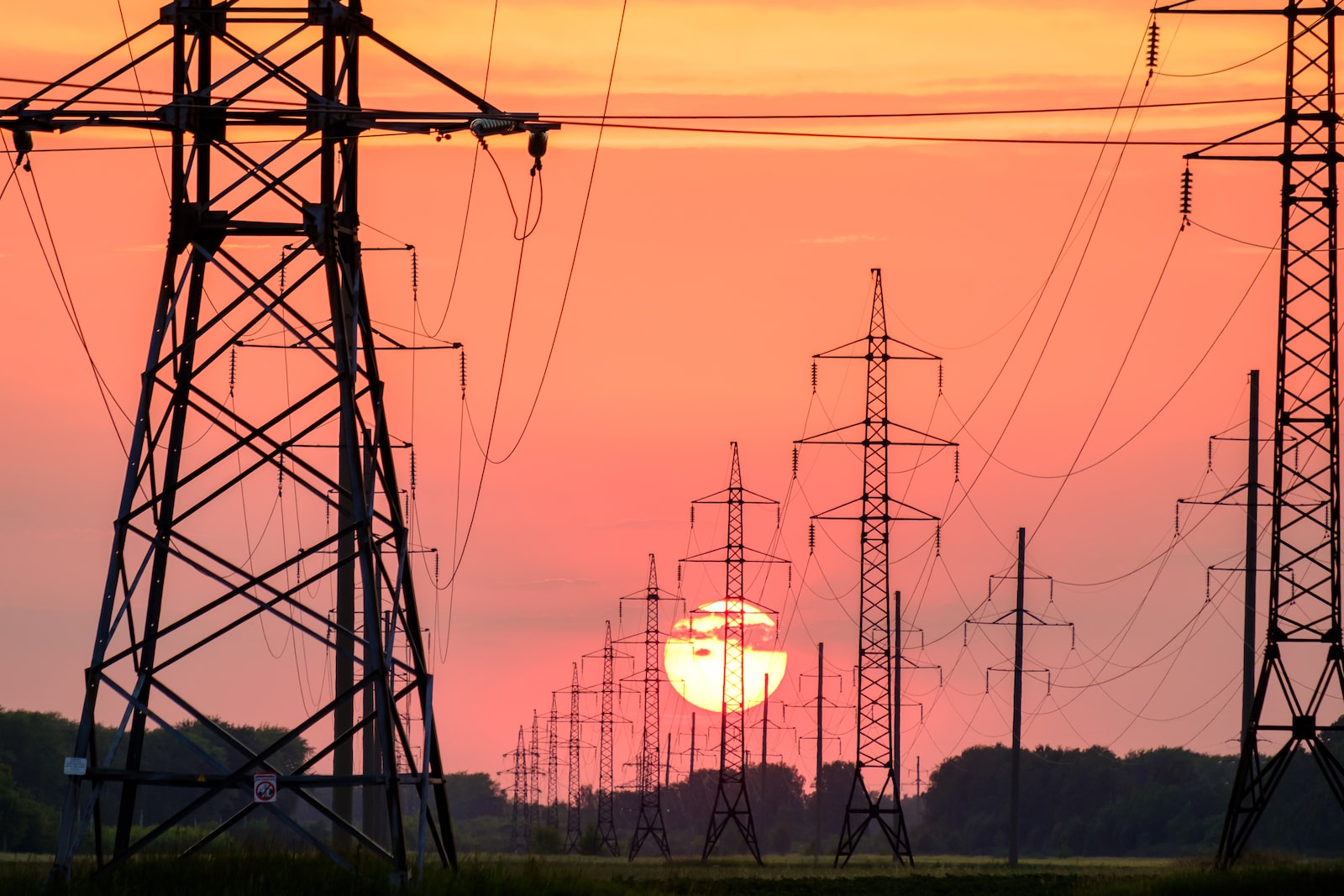Why haven’t the Bureau executives been sacked?
“Two of the most senior executives at the Bureau of Meteorology have been castigated for giving evidence to a Federal Circuit Court judge that was false and unreliable in a “deliberate attempt to mislead the court”, prompting the intervention of Environment Minister Tanya Plibersek.
Federal Circuit Court Judge Douglas Humphreys launched a scathing attack on BoM chief executive Andrew Johnson, his right-hand man, Peter Stone, and an HR manager, Simone Keenan, for their conduct in a case involving the redundancy of a general manager who was headhunted to join the agency in 2018.
The decision and the judicial comments have reopened a significant fissure at the meteorological agency over the quality of its leadership, which has been beset by accusations of waste, dysfunction and a decline in data and forecast reliability.
“The court formed the view that Dr Johnson managed the Bureau using a close and detailed management style, in which his views were final, and not subject to any challenge,” Judge Humphreys wrote in his published reasons on February 9.
“The fact that the applicant pushed back, seeking examples and justifications for positions, in the court’s view, would have been a matter that would have exacerbated Dr Johnson’s negative views of the applicant.”
The case comes more than a year after The Saturday Paper first revealed the bureau was no longer meeting its World Meteorological Organization obligations in upper-air monitoring, a critical data source for climate models. The agency is still failing on this measure.
Since then, other monitoring metrics at the bureau have also declined substantially. Accounting errors worth tens of millions of dollars have been uncovered and had to be corrected. Sources say a major upgrade of technology has been poorly managed and led to the cancelling of other projects.”
•••••••••••••••••••••••••••••••••••••••••
Ask a straight question. Get a convoluted answer. Some might even call it lying.
The fact that Andrew Johnson and Peter Stone still have their jobs after so many years of abysmal performance just goes to show how easy it is for bureaucrats to fail upwards in Canberra.
The fact they are still there isn’t just the current Labor Governments fault.
Numerous coalition backbenchers including myself either lobbied Tony Abbott or Scott Morrison about the dodgy practices of the Bureau in manipulating raw observation data (I.e. the actual temperature recording) into homogenised data that suited the global warming narrative.
If this manipulation didn’t occur the temperature change within the last hundred years would be within the margin of error.
The practice of homogenisation is just straight out lying in order to deceive Australians into wasting billions of dollars on climate change.
Quote from:
https://www.thesaturdaypaper.com.au/news/environment/2024/02/17/exclusive-plibersek-intervenes-after-bom-executives-lie-court#mtr
Environment and Communications Legislation Committee
08/11/2024
Estimates
CLIMATE CHANGE, ENERGY, THE ENVIRONMENT AND WATER PORTFOLIO
Bureau of Meteorology
Senator RENNICK: On 17 February this year, the Saturday Paper reported that two of the most senior executives at the bureau have been castigated for giving evidence to a Federal Court judge that was false. Is that report true?
Dr Johnson: I did give some answers to a similar question from Senator Duniam earlier. To repeat, if I may, on at least four grounds the bureau strongly disagrees with many of the comments made in the judgment that you refer to about a number of current and former bureau staff. A number of the judge’s comments had no evidentiary basis. It’s our view, and the Commonwealth’s view, that the judge in his comments demonstrated ostensible bias, lack of procedural fairness and a number of other errors. We don’t agree with those comments and we sought to seek remedy through the appeal process.
Senator RENNICK: You’re currently appealing the decision?
Dr Johnson: We had an appeal and the appeal was continued. Both parties, by agreement, reached a settlement. The applicant withdrew their application.
Senator RENNICK: I guess that’s concerning because I’ve always had issues regarding the homogenisation of the weather records. I note recently you’ve just come out with a latest State of the Climate report where you’ve said the temperature has risen by 1.5 degrees since 1910. Which dataset was that using?
Dr Johnson: That was using the homogenised dataset, and you’re well aware of that.
Senator RENNICK: But which one? I’m aware of two, and I found out last time you’re now doing decimal point datasets.
Dr Johnson: I know Dr Stone has been a longstanding interlocutor on this matter. I’ll ask him to take those questions.
Dr Stone: That’s the ACORN-SAT dataset?
Senator RENNICK: Yes. You have multiple datasets. You have got version 1, version 2 and then 2.1, 2.2, 2.3, 2.4?
Dr Stone: It’s 2.5. That was released in August 2024.
Senator RENNICK: What was the time difference between 2.4 and 2.5?
Dr Stone: One year.
Senator RENNICK: You now do a new dataset every year; is that correct?
Dr Stone: It’s the same underlying data. Homogenisation is an analytical technique.
Senator RENNICK: I know what homogenisation does. My question is: why do you need to do it every year?
Dr Stone: New data is added each year.
Senator RENNICK: Isn’t that just your raw observation data? When you say ‘new data’, is it observation data or is it data that’s been homogenised over the raw data?
Dr Stone: You’ve got your raw dataset—
Senator RENNICK: You mean last year’s data?
Dr Stone: Yes. It would only be homogenised if there was a discontinuity in last year’s data. The last year’s data would only be homogenised if there were a discontinuity detected in the last year’s data. It’s a continuous dataset going back to 1910. Each time there’s an addition made it actually creates data that can be used to assess prior years data.
Senator RENNICK: That’s right, but in that upgrade—
Dr Stone: It’s continually updated.
Senator RENNICK: From observations, or you then get the observations and then update the observations to your—
Dr Stone: Both. In a calendar year, it has a year of the most recent observations added to it. Then there’s a homogenisation—an analysis—done to look for discontinuities in data. If there are discontinuities of a sufficient scale that are identified, then data for those particular sites at which there’s a discontinuity will be homogenised.






























